Apple AirPods Max review: phenomenal sound, comfortable design, eye-watering price
AirPods Max are an incredible piece of engineering, it's just a shame the cost will put them out of reach for so many
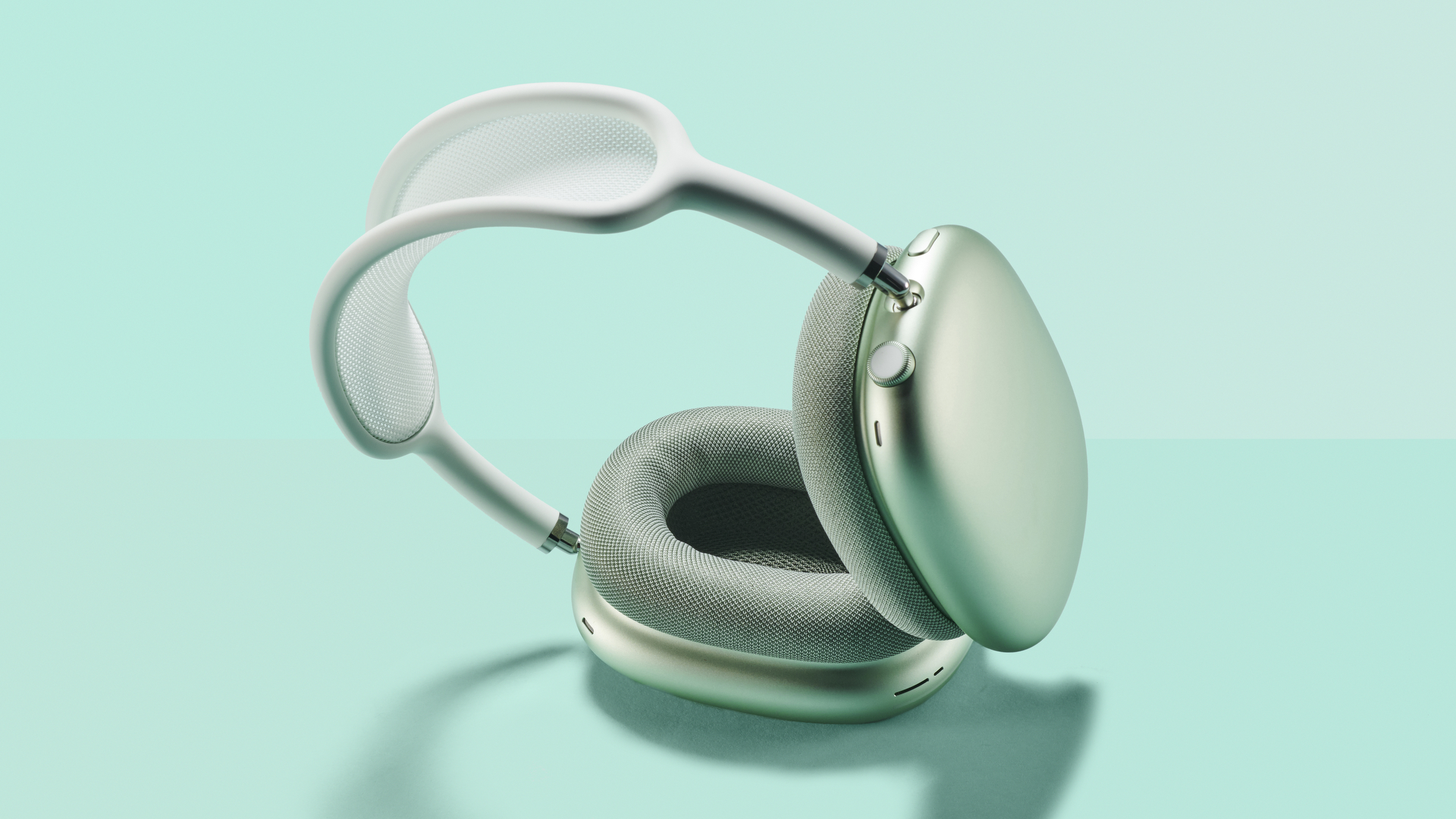
AirPods Max are some of the best-sounding and most comfortable wireless headphones out there. But there are a few small issues, as well as a steep, steep price for privilege.
-
+
Beautifully natural and open sound
-
+
Excellent noise cancelling
-
+
Great comfortable fit
-
+
Really nice design and engineering
-
-
Very high price compared to equivalent options
-
-
Some battery annoyances
-
-
Smart Case just isn't that useful
Why you can trust T3

Welcome to T3's AirPods Max review. Apple's new noise-cancelling headphones raised eyebrows, voices and hackles when they were announced thanks to a steep price that put them in a kind of price limbo – much more expensive than similar noise-cancelling headphones such as the Sony WH-1000XM4, Bowers & Wilkins PX7 or Bose NCH 700, but not quite hitting the price of the best wired headphones for audiophiles.
It didn't stop AirPods Max selling out initially, but then what Apple product doesn't at first? With some pretty remarkable design and audio engineering – much of which is hidden beneath the surface – AirPods Max do make a case for themselves as being worthy of a higher price than the competition. But are they worth this much more?
They've rapidly become my favourite headphones for day-to-day use, even over the Sony noise-cancelling design I've loved for years. But that may not be the case for everyone else regardless of whether the price is too high for you – let's dig into why.
- Read our MacBook Air (M1, 2020) review
- See the best iPhone 12 deals
Apple AirPods Max review: Price, release date and features
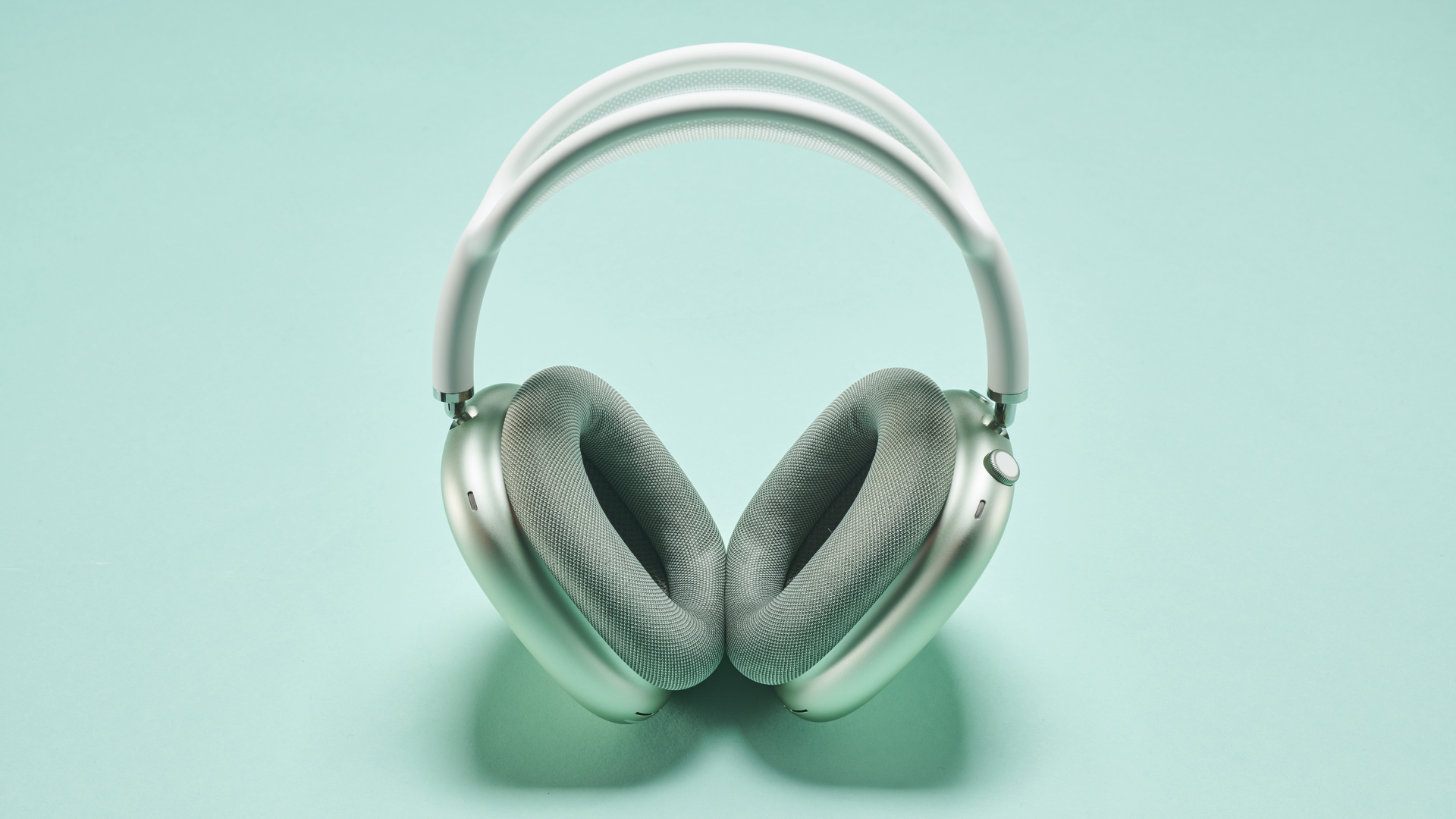
AirPods Max were released on December 15th 2020, at a price of £549 / $549 / AU$899.
That compares to a typical selling price of around of around £300/$300 for the Sony WH-1000XM4, or about £300/$380 for the Bose NCH 700. So for the price of AirPods Max, you could buy Sony's latest and greatest equivalent to these, and have enough left over to buy a set of AirPods Pro.
When it comes to features, AirPods Max have nice unique stuff, but overall they don't stand out from the crowd, especially. They offer active noise cancelling with a transparency mode, and an adaptive EQ that adjusts what you're listening to based on the sound output from the drivers as it echoes around the earcups – meaning that while the shape of your head or wearing glasses may affect the sound, the AirPods Max should compensate. This is a great feature for sure, though one we've seen on the AirPods Pro before.
There's also Spatial Audio, which offers 3D audio for watching movies with Dolby Surround or Dolby Atmos. This makes it sound like you're in a home theatre room with a screen at the front (your iPhone or iPad, in this case) and speakers around you. Crucially, the idea is that the direction of the sound is connected to your device – sounds coming from the 'front' of the sound mix (ie, where your device is) will feel like they're in the middle when you're facing the screen, but turn your head to the left and you'll hear those sounds in your right ear.
AirPods Max will pause themselves when you lift an earcup, or when you take them off. They also have full support for the Apple-centric features of the H1 chip, including instant pairing with your devices, instant switching between different devices (so if you're listening to music on your iPhone and then pick up your iPhone and play a video, they'll change to the new device right away), and the ability to share audio to another pair of AirPods if you want to watch something with another person.
Siri is also built in, including "Hey Siri", so you can tell your phone to do things using just your voice. That includes Siri's ability to announce messages received and read them to you. I find the latter more annoying than useful, but all of these are optional anyway.
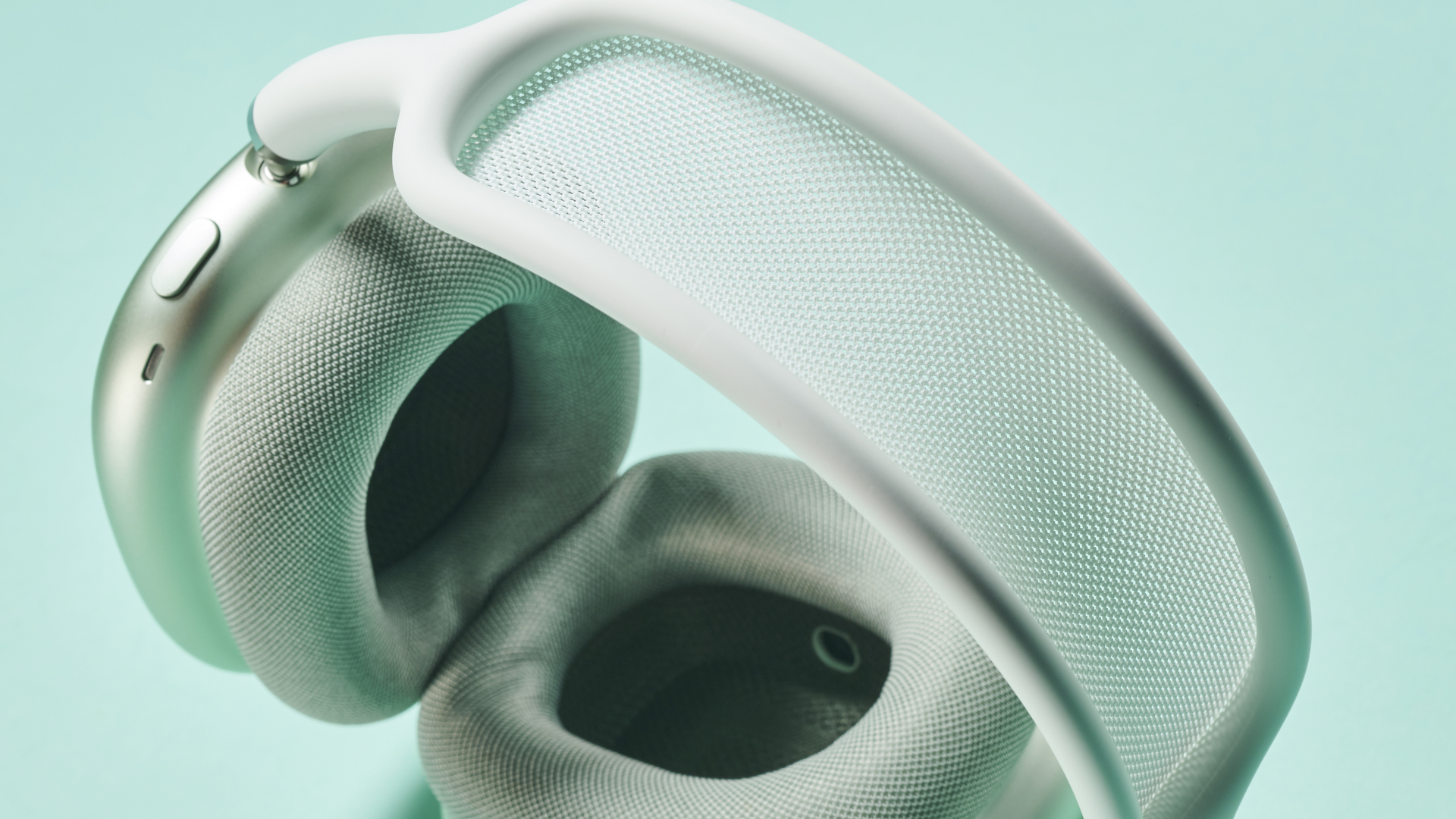
AirPods Max review: Design & fit
AirPods Max are an interesting mix of big design and minimalism. There are plain blocks of colours next to complex mesh. There's a soft-coated headband next to shining stainless steel. There are almost no visible joins that make the ergonomics visible, yet the headband is defined by its head-friendly split and mesh covering.
The earcups are slightly larger than the competition when viewed from the side thanks to being more squared, yet are less deep than, say Sony's, so stick out a little less when viewed from the front.
I like the general look of them a lot, and I think they look better in person than they do in pictures (not that they look bad in pictures, but I know not everyone is keen on them). Apple's pictures in particular use heavy shadows to emphasis the curves, but in person it's more notable how flat and simple elements such as the earcups look, and the different tones match together better in real life.
Speaking of which, there are five different colour options: Space Grey, Silver, Green, Sky Blue, and Pink. The mesh earpads are magnetic and can be easily removed, and even bought separately to swap in and out with different colours. (It's also been discovered that the headband can even be simply removed and swapped, but that's not something Apple has ever mentioned officially, so isn't recommended right now. We'll see if swapping headbands becomes an option in the future – I love the idea of being able to customise it like an Apple Watch.)
One of the first things you notice about AirPods Max is that they're heavy at 384g. Both the Sony WH-1000XM4 and Bose NCH 700 clock in at 254g, meaning the AirPods Max are a whopping 50% heavier.
I have real trouble with finding comfortable headphones, particularly due to weight. I use Sony's WH-1000XM3 day in and day out, because at 255g, they were one of the first top-tier sets I ever tried that didn't cause me fatigue within 30 minutes or so. I've also tried extremely well-padded audiophone headphones that were comfortable for longer, but these weren't wireless, and also cost four figures.
Somehow, Apple has made headphones that are much heavier than Sony's, yet I find them more comfortable. Apple made a big deal of an innovative hinge system that would clamp the headphones to you securely without putting on the pressure, and it works perfectly for me. In product breakdowns, it looks like this hinge system is a good example of why AirPods Max cost a lot more than the competition – there's a level of engineering in here that the simple plastic hinges of other headphones just don't match.
The mesh earpads are very deep and very soft, and don't leave me feeling overheated around the ear after hours of use. They're also nicely large, so feel like they're spreading the pressure/weight well.
The mesh headband is perfectly comfortable as well – it's clear that it's not taking all the weight, thanks to the fit of the earcups. With some headphones, I need to have the headband in a perfect position to stay comfortable, but it's equally fine on AirPods Max if they're not sitting perfectly.
Included in all this is the fact that I wear glasses – they accommodate those without causing any extra discomfort.
Now, I know this isn't the same for everyone. I'm a 6' 3" man with a medium-sized head. I gave this exact same pair of AirPods Max to a 5' 2" woman with a much smaller head who also wears glasses, and she didn't find them comfortable. I've also seen other people talk about finding the clamping fit a bit too solid.
So I will say that the AirPods Max are among the most comfortable headphones I've personally ever used, and I'm a huge fan of the design overall for that reason. But as with all headphones, be warned that your mileage may vary – and it sounds like it may vary slightly more with these than some of their competitors.
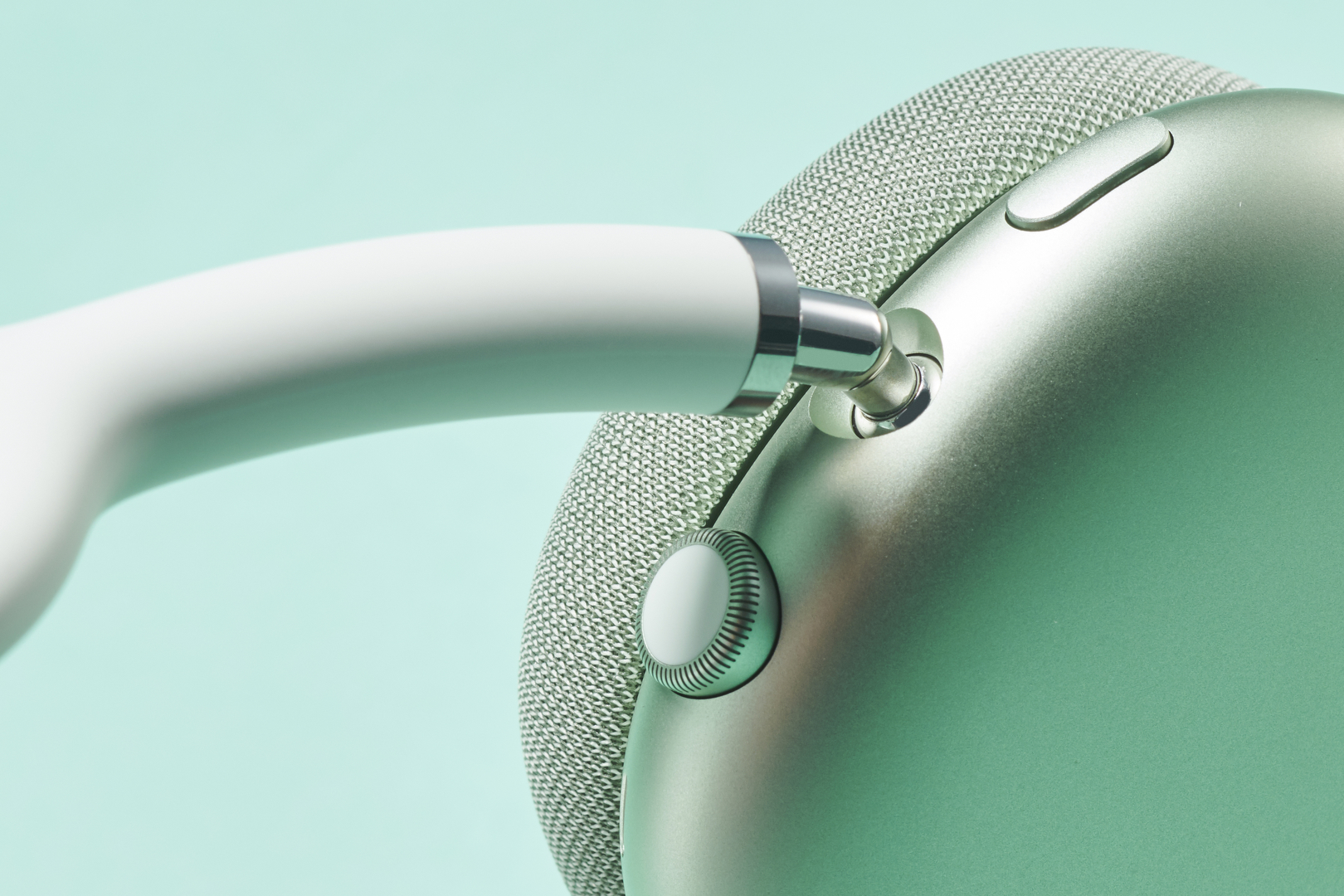
On top of the right earcup are the sole controls on the unit: a button for switching between transparency mode or full noise cancelling; and volume dial that doubles as a play/pause control. The dial design is borrowed from the Apple Watch's Digital Crown and sized up, and though it took me a few days of getting used to reaching for it instead of assuming the big bland side would be a touch panel, I like it a lot. It's easy to reach up and tweak a little, and both of these buttons fall very naturally under your fingers when you go for them.
One tiny thing I didn't like was that the volume dial needs to be turned counter-clockwise to turn the volume up by default. I can see why – when reaching with your right hand, you push 'forwards' along the edge to turn it up. But this is wrong. Volume knobs turn to the right to go up. Everyone knows this. Mercifully, you can change this by going to the Settings app, Bluetooth, tapping the 'i' next to the AirPods Max entry, then Digital Crown, then choosing 'Front to Back'. You're welcome.
On the bottom of the right earcup is the Lightning port that's used for charging (a suitable USB-C cable comes in the box), and can also function as a wired connection, but you'll have to buy a ridiculously expensive £35 / $35 / AU$55 Lightning-to-3.5mm cable for that. I get that Apple sees these as the ultimate wireless headphones, but this cable really should be in the box, because there are times you just need one. I know it's not been the best year for it, but Apple employees have been on planes and watched movies there, right? I know that people buying headphones this expensive can afford a cable as well, but come on.
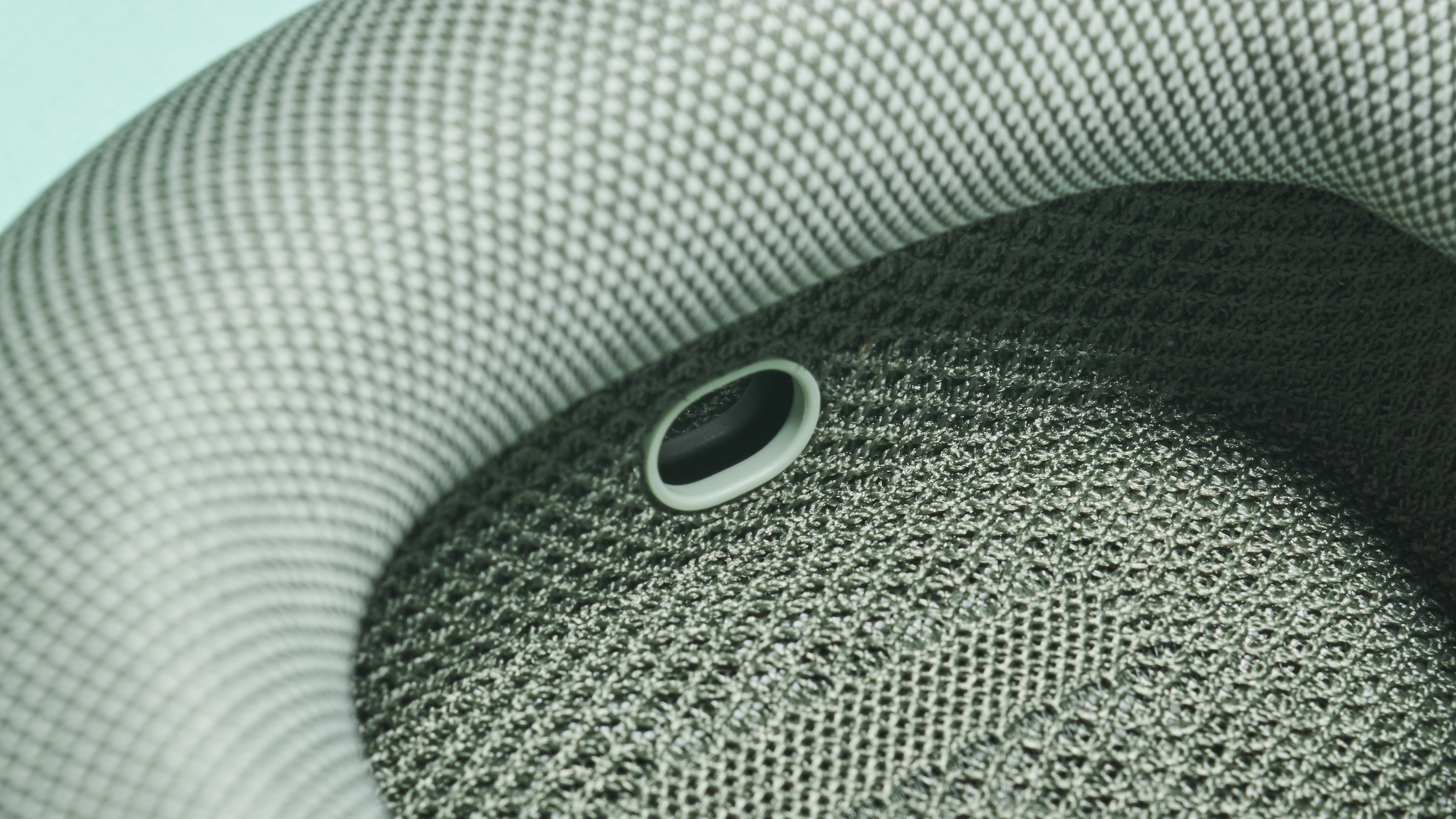
Apple AirPods Max review: Sound quality
AirPods Max simply sound fantastic – rich, natural and detailed. They seem to aim for a reasonably neutral presentation, which is to say they're about presenting a cautious balance of bass, mid and treble, rather than saying Apple hasn't added a little colour to the mix to give it punch.
The most impressive part is how open the sound comes across, with treble and mids especially having room to breathe without feeling like they're being literally piped directly into your years.
Bass is controlled while still offering muscle, but isn't particularly heavy overall. That's fine in my book – it's a great balance overall, but my trusty Sony WH-1000XM3 offers more boom. Some might prefer the Sony's default balance, some might prefer the AirPods Max's… however, the Sony has an EQ that can be easily tweaked manually, and the AirPods Max doesn't. (There is an EQ setting within the iPhone's music app, but that won't apply universally to the AirPods Max's sound.)
Going more into a direct comparison with the WH-1000XM3 (which is on-sale for around £240/$230 these days, so almost literally half the cost of AirPods Max), the AirPods noticeably have some extra openness around the high end, feeling slightly less compressed. It makes for just a bit of extra clarity across the sound range, too.
When you get past a certain point with audio products, diminishing returns becomes the watchword. You can always throw more money at sound reproduction for an improvement, but the gains will get smaller and smaller as the sums get larger and larger. That's the case here as well. Doubling the cost has not doubled the sound quality. There is a small but noticeable improvement from using the AirPods Max for music compared to the Sony, but no great leap. I would happily reach for either.
Noise cancellation is absolutely excellent, but again it's no better than the less expensive equivalents. As with all noise cancelling cans these days, it's phenomenal at cutting back on droning and general low-end sound, and is remarkably effective at something like speech that's a varying mid-range sound. Sudden high-pitched sounds are fairly likely to make it through, but very much muffled. It's as good as anything I've ever tried, ultimately.
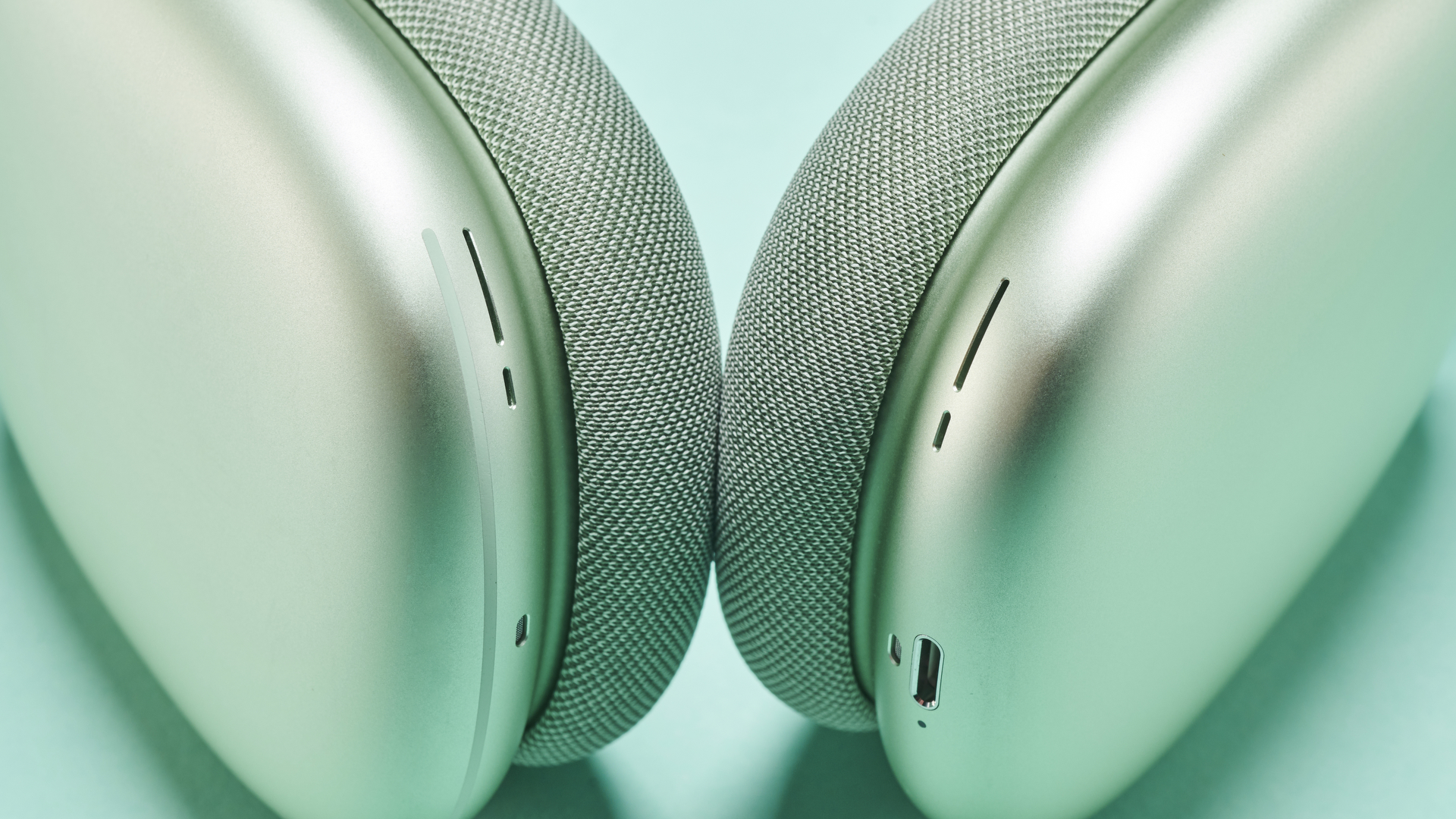
When it comes to the transparency mode, there's only one setting, which lets through a lot of noise. When I reviewed the AirPods Pro, I found the transparency mode to be too much there – it almost seemed to make sounds hyperreal, and I found it a little overwhelming. Here, it works much better, even though it still pulls in noises really strongly. It's just that the drivers seem to be able power through it better than the AirPods Pro's could, striking a better balance. Switching to transparency mode keeps the music feeling just as strong as when on full ANC, but with prominent outside sounds mixing in smoothly. I think it's really well done overall.
The Spatial Audio mode is an interesting inclusion. It's mildly mind-blowing – other headphones have included impressive 3D audio modes, but this is on another level. It really does seem like the sound has been detached from the drivers near your ears and moved out to some invisible speakers nearby. In actions scenes, sounds whoosh by your ears. Voices call out from all directions. Walls of waves fill the space in front of you, even though the image is on a 6-inch screen.
The 3D effect stays locked to your device even as you move through the house. One day, when we can travel again, I can't wait to try this on a train or plane to see if the feeling of being surround by speakers helps to alleviate the cramped feeling of a cabin and tight seat.
But really it's just a 'nice to have' extra at this point, because it works on Apple's smallest screens only. It doesn't work with a Mac or with Apple TV. The latter is where I'd be really excited to have it – being able to switch seamlessly to my AirPods and to get booming, convincing Dolby Atmos sound that doesn't wake the family would be kind of a revelation. But if I want the excellent audio, I have to not watch movies on the best screen in the house. So, while I like Spatial Audio a lot, I'm struggling to call it a selling point yet.
Voice calls are nice and clear on the AirPods Max (some voices can be a little bassy, but I was still able to make everything out perfectly well), and no one had any trouble hearing me on its microphone array.
There's one other point I want to mention here: connection reliability. Using the latest version of iOS and AirPods Max software, I've experience more disconnections and random pauses than with previous AirPods models, or other Bluetooth headsets. They are always instant to fix, so haven't bothered me, and I expect Apple will update to stop it happening at all, but they're worth noting.
Apple AirPods Max review: Battery life & Smart Case
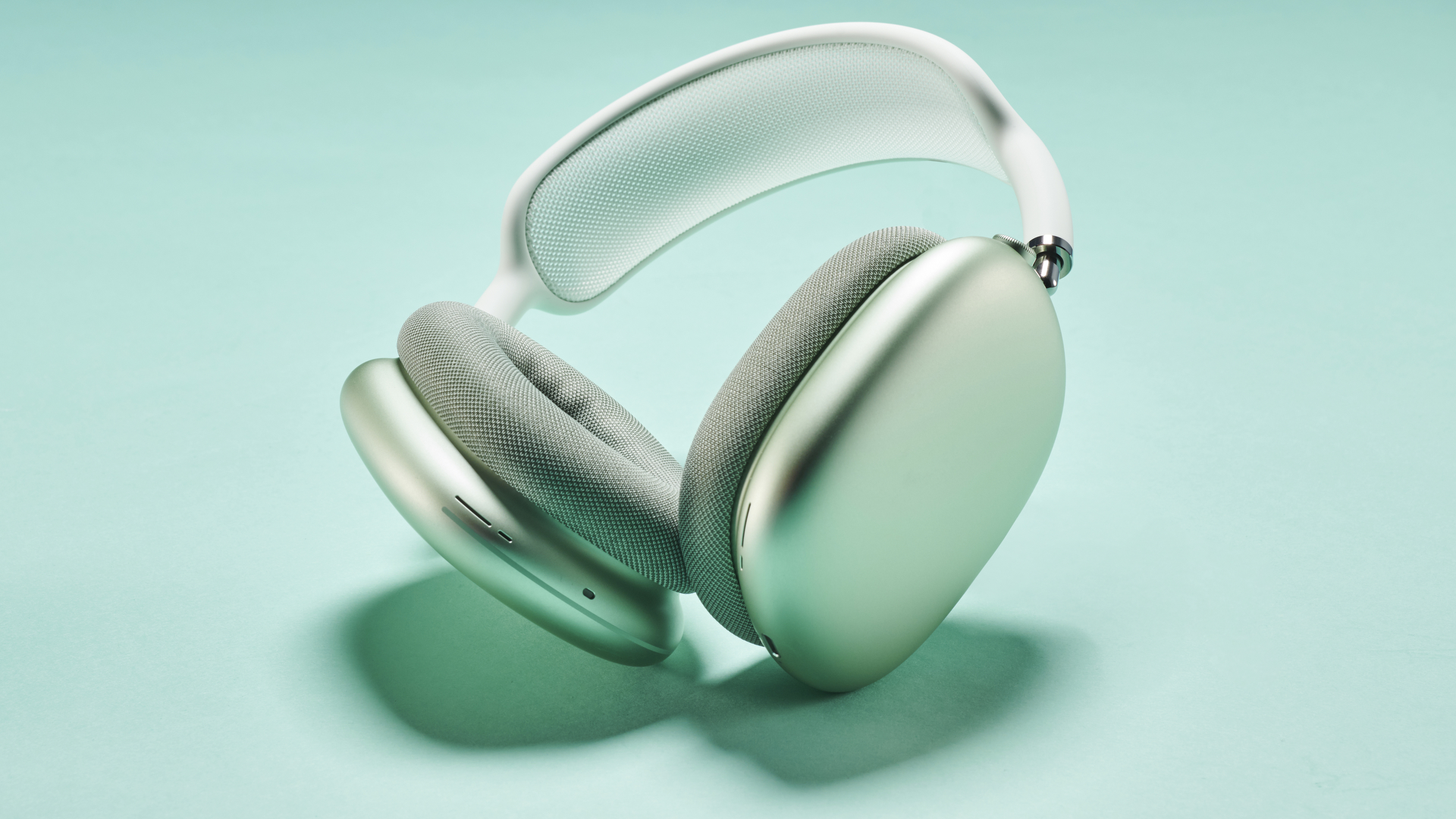
Apple claims 20 hours of battery life for the AirPods Max, with both noise cancellation and Spatial Audio turned on. That's actually a little more than I've been seeing – generally, my unit has lasted more like 16 hours. That's still a respectable amount. On its own, I'm happy with that battery life.
The complicating factor is that they can't be turned off, and lose 7-10% of battery life overnight in my experience. For home office use, this is annoying (it might mean they can't make through all of the next day, for example) but not a huge problem – for travelling, it may be more frustrating. The good news is that you can get 1.5 hours of listening from a 5-minute charge, Apple says.
When you take AirPods Max off, they go into a low-power mode after 5 minutes. After 72 hours without use, they'll go into an even lower-power mode. You may have heard that the Apple Smart Case that comes with the AirPods Max is design to help conserve power. Well, if you put the AirPods Max in the case, they immediately go into low power mode, and go ultra-low after 18 hours.
So the case may help with preserving a good chunk of power when AirPods are unused for a longer period, but for my overnight drain complaint, the case makes basically no difference at all.
In theory, not having to think about turning them off makes them simpler; in practice, thinking about battery management makes them more complicated. When I'm done with my Sony headphones, I turn them off. I know they'll be at high battery waiting after a weekend of non-use. It's a guarantee; it's peace of mind. I do not know this about my AirPods Max. I'd prefer an off button.
Let's come back to the much-maligned Smart Case, then. It's not quite as bad as it seems, but I still find it inadequate. It protects the earcups and drivers from damage, but wouldn't stop the soft rubbery finish or – crucially – the mesh of the headband from getting scraped or torn in your bag. It's thin and kind flimsy, yet takes up a bunch of space – its design would make a lot more sense if it folded flat for storage or something, but it doesn't.

Apple AirPods Max review: Verdict
AirPods Max have edged their way into being my new favourite headphones. I find them more comfortable than anything else for long periods, and they just sound glorious, with top-tier noise cancelling. I even like the looks.
But the price is high enough that it will be a stumbling block for most people, and it deserves to be. Yes, I think these are overall better than the equivalents from Sony and Bowers & Wilkins. No, the quality difference does not match the price difference.
If you're happy to pay for the premium build and extra drops of sound quality that they squeeze out, I think you'll be delighted with AirPods Max. But there's no doubt that better bang-per-buck can be had from others in our picks of the best noise-cancelling headphones.
Sign up to the T3 newsletter for smarter living straight to your inbox
Get all the latest news, reviews, deals and buying guides on gorgeous tech, home and active products from the T3 experts
Matt is T3's former AV and Smart Home Editor (UK), master of all things audiovisual, overseeing our TV, speakers and headphones coverage. He also covered smart home products and large appliances, as well as our toys and games articles. He's can explain both what Dolby Vision IQ is and why the Lego you're building doesn't fit together the way the instructions say, so is truly invaluable. Matt has worked for tech publications for over 10 years, in print and online, including running T3's print magazine and launching its most recent redesign. He's also contributed to a huge number of tech and gaming titles over the years. Say hello if you see him roaming the halls at CES, IFA or Toy Fair. Matt now works for our sister title TechRadar.
-
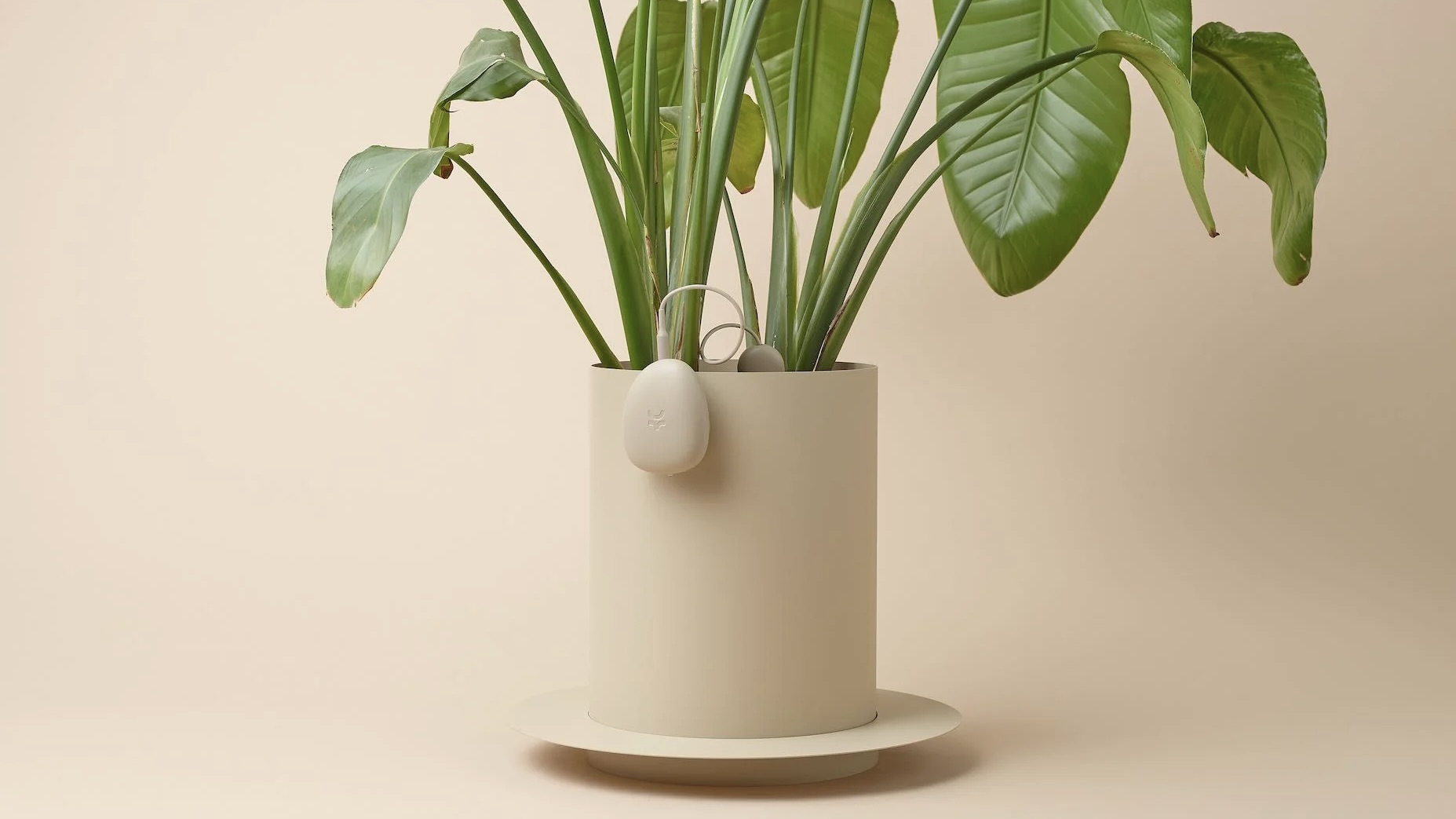 This smart home gadget can tell you when to water, feed and move your houseplants
This smart home gadget can tell you when to water, feed and move your houseplantsStress-free plant care? Yes please
By Lizzie Wilmot Published
-
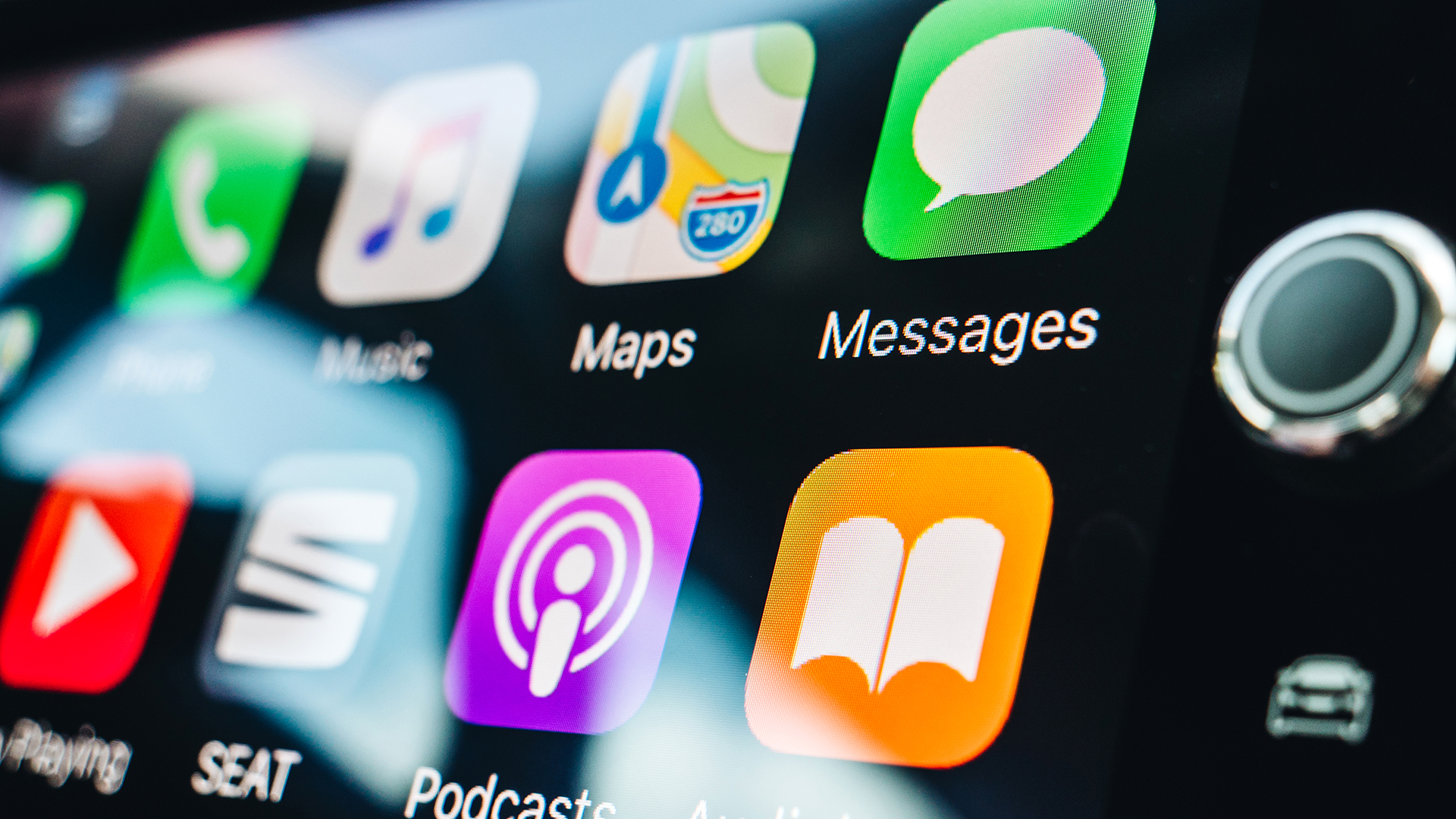 Apple CarPlay gets an essential free update to fix recent issues
Apple CarPlay gets an essential free update to fix recent issuesHaving iPhone disconnection issues in your car? Don't worry, a fix is now available
By Rik Henderson Published
-
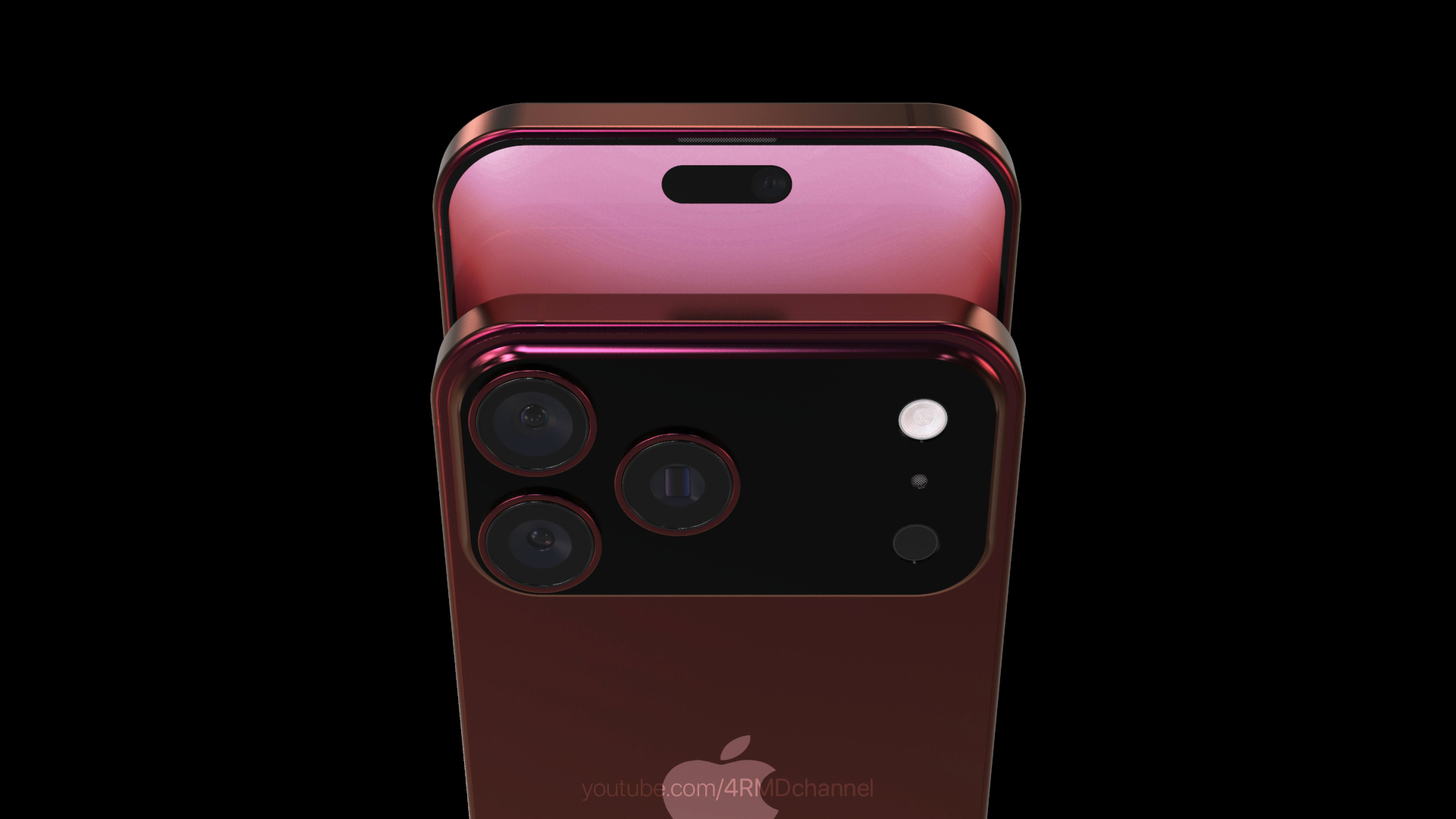 New iPhone 17 Pro Max renders give us the best look yet at the flagship phone
New iPhone 17 Pro Max renders give us the best look yet at the flagship phoneThis is going to cause a stir
By Sam Cross Published